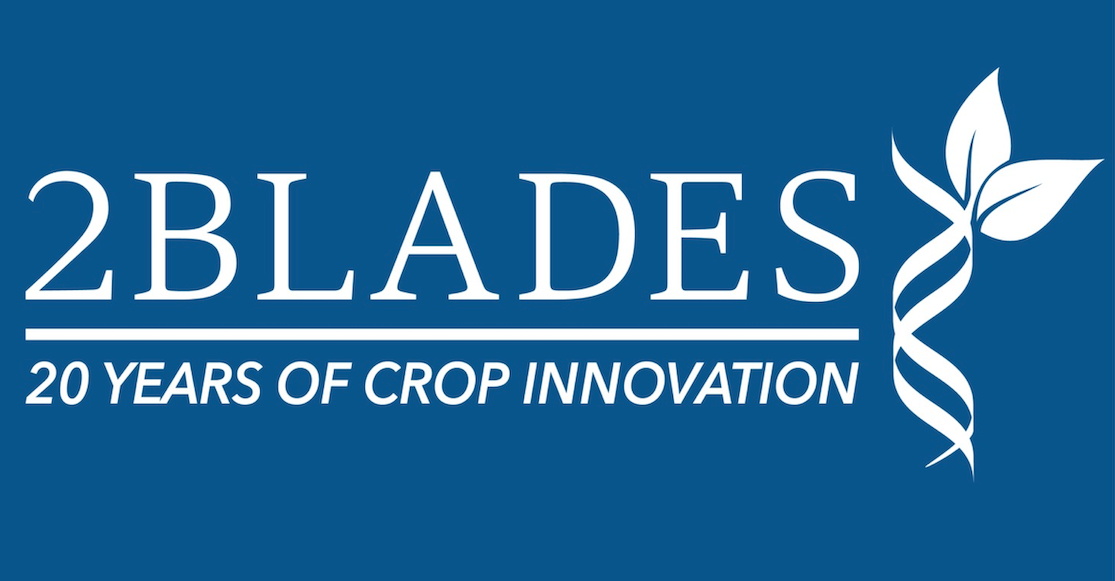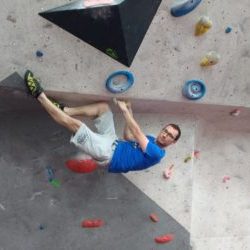We sat down with Kamil to find out more about the story behind the scientist:
Could you explain your research in 5 words?
Improving resistance against corn fungi
Okay, now in a few more words…
Fungal diseases in corn cause significant losses in corn production, and some of the fungi also produce carcinogenic toxins. Pesticides have limited effectiveness against these diseases, and they aren’t a sustainable way of protecting the crops. We base our research on the fact that, although corn is generally susceptible to lots of diseases, other species have natural resistance that can be potentially transferred to susceptible corn lines. Exploring the natural diversity of plants and their stock of resistance genes will help to better protect corn.
Could you explain one technique you use regularly?
If I were to mention just one, that would be most certainly targeted sequencing, like RenSeq that I have co-developed. Although plants encode thousands of genes, they usually only use several hundred to recognize pathogens. Sequencing methods are becoming cheaper, but we still don’t want to sequence a whole genome in order to find these genes. To avoid that, we developed a method to bait out a pool of specific genes from the entire genome, and limit sequencing to just these. It’s high-throughput and cheaper, so it allows us to rapidly look through lots of wild species for resistance genes.
What about your field of research is most exciting to you right now?
I think the rapid improvement in sequencing processes is the most game-changing technology now, becoming faster, cheaper and more accessible. In the past, for instance when sequencing the human genome, things took a long time, you needed extremely expensive and bulky instruments, lots of people to analyze the data, and the sections of DNA sequenced were very short. With the new methods, we can read long bits of DNA, we can even do it with pieces of kit that fit in your pocket, so you can take your DNA sequencer into the field. It’s straightforward, can be connected to your laptop or mobile, and data analysis with new software is cheap and easy. The progress in this field had all happened in the last 20 years, going from spending billions to sequence the first human genome in the 1990s, to people being able to sequence genomes at home.
What keeps you busy when you’re not in the lab?
My family, I have two young boys and the whole family does sports. Climbing, karate, parkour, swimming, cycling. And I love DIY!
What would you be doing if you weren’t a scientist?
I think I was always fascinated by the human body, so probably a physiotherapist. Or maybe I’d breed crops.
What’s the most enjoyable thing about your job?
Generally, I would say the enjoyable thing about being a scientist is the constant development. The field is changing a lot and many exciting discoveries are emerging. You also have a lot of freedom to follow your line of interest; you can be independent, creative and you meet and work with fascinating people.
How has the 2Blades Foundation been beneficial to your work?
I’ve been collaborating with 2Blades from the start of my post-doc career, and what I find amazing is how they bridge the gap between discoveries and their application. They collaborate with farmers and companies, and they can help you to use science to improve disease resistance in the field. Having expertise of how scientific discoveries are translated to applied solutions which help people is really useful.
 2Blades
2Blades